The Irish Wolfhound makes a loyal and loving companion. Despite its massive size, this gentle giant is affectionate, friendly, and great with families. It may be the tallest dog breed, but its heart is just as big as its frame.
Despite their imposing name and appearance, Irish Wolfhounds are calm, good-natured dogs that enjoy playtime and form strong bonds with their families. Their laid-back personality makes them excellent household pets, and their history as noble hunting dogs only adds to their charm.
Curious about what makes this historic breed so special? Keep reading to learn about their personality, care needs, and fascinating history that dates back centuries.
Irish Wolfhound Characteristics (physical)
The Irish Wolfhound has physical characteristics that enable it to be a powerful and swift dog breed. These dogs are sighthounds, one of the hounds within the dog hound group that relies on sight and speed to chase prey.
This breed shares a similar build to Greyhounds and Whippets, except with a larger coat. The fur on this dog's face gives them long eyebrows and a mustache appearance.
Here is a more in-depth look at the Irish Wolfhound's physical traits.
- Head: The Irish Wolfhound has a lean head that carries high and is supported by a long, strong neck. Its muzzle is elongated, and the ears are small that hang from the sides. The eyes are different shades of dark brown to golden yellow.
-
Body: Also seen with other hounds, this dog has a deep and wide chest. Its broad chest allows its lungs to breathe properly to support its exercise needs. It has an arched loin with a long back.
-
Limbs: The front and back legs of this dog are both strong and muscular. Its well-built thighs support its ability to run fast and make quick turns. Its feet are round and large with well-arched toes.
- Tail: Irish Wolfhounds have long furry tails that are moderately thick with a slight curve. The tail should never be docked or too curly.

Irish Wolfhound Dog Breed Size
The Irish Wolfhound is the tallest dog breed, with males reaching 30 to 34 inches at the shoulder and females at least 28 inches. While they're not the heaviest dogs, their towering height makes them one of the most impressive breeds in the canine world.
These giants were first used for hunting big game, including deer, Irish elk, and wolves, thanks to their speed and strength. These giants can stand seven feet tall on their hind legs, so make sure you have enough room before bringing one home.
While they aren't the best fit for apartments, they can thrive in a home with a spacious yard and a tall fence. Compared to the Great Dane, which is often heavier, the Irish Wolfhound takes the crown for height, making it one of the most striking breeds out there.
Irish Wolfhound Personality
For a dog breed with such formidable size, Irish Wolfhounds are highly sought after for their kind temperament. These dogs are family dogs and enjoy being surrounded by people.
As puppies mature into adulthood and then become senior dogs, slight changes occur to their personalities. A curious and energetic Irish Wolfhound puppy can become reserved and a little lazy when it is an adult dog.
Some of the personality traits that this dog always has are its loyalty and affection for its family. Here are some more great characteristics of the Irish Wolfhound.
Gentle and Sweet-Tempered
Irish Wolfhounds are the definition of gentle giants. They may be large, but these lovable canines enjoy pleasing their families.
This dog may be a giant, but it is not an aggressive breed at all. This dog's size may look intimidating, but it is not a great guard dog because it is too friendly. The Irish Wolfhound would rather act playful toward strangers instead of barking excessively to ward them off.
Intelligent
Irish Wolfhounds are easier to train than other dog breeds, thanks to their intelligence. These dogs respond well to commands and training instructions.
Although they can easily get along with other pets with enough exposure, these dogs were used to roaming around by themselves on acres of land to help their guardians hunt. The Irish Wolfhound is an independent thinker who will complete a task to keep their owners happy.

Irish Wolfhound Dog Breed Exercise
All dogs require some exercise requirements based on their energy level. Irish Wolfhounds are no different and, despite their size, are not as active as other dog breeds. This dog is not exactly a couch potato and will require 40 to 60 minutes of exercise daily.
You might take it on a long walk or split up its exercise needs through different activities. Training is another form of exercise that doubles as mental stimulation. You can have your Irish Wolfhound partake in the following activities.
-
Running
-
Dog Puzzles
-
Fetch
-
Coursing Events
-
Obedience Competitions
-
Agility Trials
-
Frisbee Catching
-
Tug-o-war
One thing to consider is not overloading your dog with too much exercise, especially if it is a senior dog. Irish Wolfhound puppies require time for their bodies to fully mature.
Owners should limit the number of walks they take their puppy so as not to overstress their joints. The Irish Wolfhound puppy can be entertained with a chew toy to help them get through teething.
A lack of exercise can lead to destructive behavior from a dog. An Irish Wolfhound that is not receiving enough exercise becomes bored and more likely to chew up furniture, scratch surfaces, or bark and whine excessively to alleviate its boredom.
Read More: How Much Exercise Does a Dog Need Every Day? [All Breeds & Ages]
Irish Wolfhound Training
Training is another important responsibility in Irish Wolfhound care. Nobody is a fan of a dog that misbehaves at home and cannot properly follow commands in public. Training should never be seen as an inconvenience but instead should be seen as an opportunity to bond closer to your dog.
Irish Wolfhounds are smart dogs and do not have a hard time learning new tricks regardless of age. You should develop a training schedule or start training your dog the moment you bring it home.
These dogs are gentle and sensitive, so they do not respond well to impatient dog owners who scream or resort to physical punishment for failing to perform a training task. People do not like learning under intense pressure, and neither do dogs.
According to research, dogs will respond well to positive reinforcement more efficiently. Instead of scaring your dog when it does something wrong, use body language and a serious tone of voice to teach the dog not to do something again. All dogs love treats, and they are a great resource to motivate your dog during training.

Types of Dog Training
A well-trained Irish Wolfhound is a happy dog—and so is their owner. With a breed this big, good manners aren't optional. Start training early, keep it consistent, and use positive reinforcement to set your pup up for success.
-
Housetraining: As puppies, Irish Wolfhounds are consuming a lot of food and, as a result, are using the bathroom. Potty training can help you and your dog comes up with a bathroom break schedule. Your dog can also benefit from having a designated area to rest and sleep on instead of taking up space on a couch.
-
Leash Training: The Irish Wolfhound has a natural tendency to go take-off and chase smaller animals. Since they are fast, they can outrun their owners and become lost or involved in accidents. Teach your dog to walk behind you or next to you instead of forcefully trying to pull you forward.
-
Socialization: These hounds might be independent dogs, but they are fully capable of sharing a living space with other pets like birds and cats. Exposure to different environments, pets, and people are a great way to boost the Irish Wolfhound's friendliness. Puppy kindergarten classes or daily walks around different parts of your neighborhood are a great way to provide your dog with socialization.
-
Obedience: A dog that can listen to commands will have an easier time getting along with its family than dogs who disobey. Teaching your Irish Wolfhound when to sit, come, or stay will make it easier to take them to dog parks since they can behave and obey commands.
- Dog Sports: Since Irish Wolfhounds are easy to train, they can participate in different dog sports. Some dog parents take pride in their dogs winning competitions for show, rallying, coursing, or even obedience trials.
Irish Wolfhound Dog Breed History
Some dog breeds have been around longer than others. The Irish Wolfhound is one of those dogs with a rich history. This dog has a rich history, thanks to the various written accounts of it.
With so much information, this dog's historical timeline can be split up into three parts, its early history, its revival period, and present existence.
Early History
The Irish Wolfhound has been around for centuries, built for speed, strength, and tracking down big game. These dogs were first bred for hunting, known for their skill in chasing and taking down massive animals like Irish elk and wolves. Their size and agility made them a top choice for hunters and warriors.
Ancient Romans even wrote about these giant Irish dogs. They weren't just hunters—they were legends. Kings and noble families across Europe wanted them as gifts, and poets called them "a lamb at home, a lion in the chase."
But here's the twist: they did their job too well. Irish Wolfhounds wiped out so many wolves and elk in Ireland that they nearly ran out of work. With no more predators to chase, their numbers started to drop.
Surviving Extinction
By the 1800s, the Irish Wolfhound was nearly extinct. With wolves and large prey gone from Ireland, there wasn't much need for them anymore. Their numbers dropped so low that people started calling them a rare breed.
Then came Captain George Augustus Graham. In 1863, he made it his mission to bring them back. He spent 20 years carefully breeding the last few Irish Wolfhounds with other breeds like the Scottish Deerhound and Great Dane to keep their size and strength.
His efforts paid off. The modern Irish Wolfhound exists today because of his work. He also helped set the first official breed standards and founded the Irish Wolfhound Club in 1885—making sure these gentle giants would never disappear again.
Recent History
About 50 years after the Irish Wolfhound Club was founded, the breed was officially recognized by the United Kennel Club in 1925. Two years later, the Irish Wolfhound Club of America was founded.
The first modern-day Irish Wolfhound was registered with the American Kennel Club in 1897. Since then, the dog has grown more popular and has become a loving member of many families. Due to their agility, some dog owners seek Irish Wolfhounds for professional dog sports.

Common Health Problems Found in Irish Wolfhounds
The life expectancy of an Irish Wolfhound is short compared to other breeds—typically around six to eight years. Some may reach ten, but that's rare. Their size plays a big role in their shorter lifespan, as larger dogs tend to age faster.
Prevalent Concerns
You don't need to be an expert to care for one, but knowing the risks can help you stay prepared. Here are some of the most common health concerns in Irish Wolfhounds.
-
Sensitivity to Anesthesia: Irish Wolfhounds, like other sighthounds, have shown to be sensitive to anesthesia than other dog breeds. These types of dogs have low body fat, so a regular dose of anesthesia can be fatal. Make sure your pet's vet is aware of this breed's sensitivity before starting an operation.
-
Liver Shunt: A liver shunt is a condition where there is an issue with how blood passes through the liver. Symptoms can show up in puppies as early as eight to nine weeks. "According to medical professionals", your vet might prescribe a special diet to help manage liver shunt.
-
Bloat: Large dogs with chest build similar to the Irish Wolfhound are more prone to bloat, which can be fatal but can be treated if a dog is immediately taken to the animal hospital emergency room. Bloat is when a dog has excess air, food, or fluid in its stomach, and it cannot belch or vomit. The stomach twists, which prevents blood flow from the legs to reach the heart.
- Joint and Bone Conditions: Irish Wolfhounds can experience issues with their bones or joints from health conditions passed down genetically. Hip and elbow dysplasia is when a dog's bones located near the hip and elbow are not formed properly. Irish Wolfhounds can also experience issues where their bodies cannot produce enough cartilage near some of their joints.
How to Care for an Irish Wolfhound
Caring for a dog the size of the Irish Wolfhound is pretty simple but the right resources to pull off. People should not seek an Irish Wolfhound if they are not ready to commit to the responsibility associated with caring for large dog breeds.
Caring for an Irish Wolfhound can be expensive since it requires more of everything. Make sure you have the right resources to provide the basic necessities for this hound.
Caretaking Specifics
Irish Wolfhounds need ceramic food and water bowls that match their size. Plastic bowls can trap bacteria and are too easy for them to chew up.
Even though they handle cold weather well, they should live indoors with their family. In warmer months, keep them cool with plenty of shade, airflow, and fresh water.
A see-through fence can be a problem. If they spot small animals running, their hunting instincts might kick in. Microchipping is a good backup plan in case they ever slip away.
Regular vet visits are important. Aim for check-ups once or twice a year to keep an eye on their health and catch any issues early.
Nutrition and Feeding for an Irish Wolfhound
Irish Wolfhounds eat a lot and require four to eight cups of quality dry food each day. Split meals into two servings instead of leaving food out all day. These large dogs have hearty appetites and should be fed four to eight cups of premium dry food each day.
To prevent bloat, avoid exercise for at least an hour before and after meals. A vet or pet nutritionist can help you choose the best diet for your dog's age and needs.
Food Specifics
Always seek dog food made with all-natural ingredients. It is better to invest in top-quality dog food instead of seeking cheaper options, leading to unwanted trips to the vet. Here is a list of other foods and ingredients to avoid.
-
Artificial Flavors
-
Additives
-
Preservatives
-
Chocolate
-
Garlic and Onions
-
Dairy
If your hound eats any of the above foods, it may experience an upset stomach or vomiting. The Irish Wolfhound can also eat certain kinds of fruits, nuts, and vegetables. You can use frozen banana slices as a treat during the summertime!

The Irish Wolfhound has a double coat with a wiry outer coat and soft undercoat. It helps this hound withstand colder weather, and it is easy to maintain. The coat colors can be gray, brindle, red, black, and white.
Grooming is another responsibility in dog care that is sometimes overlooked. It is simple and easy to get through, especially if your dog is well-trained. It is important to have the right tools for grooming your Irish Wolfhound.
Dog nail clippers and dog shampoo are easy to obtain at any pet store. Please do not use a regular old hairbrush for its double coat. Use an undercoat rake to gently brush the back of its neck down to its tail. With a pin brush, you can remove old hair and spread natural skin oils.
Here are other grooming needs for your Irish Wolfhound.
-
Fur Care: You should brush the coat of an Irish Wolfhound at least once or twice a week. You can also schedule hair trimmings twice a year. Bathe your dog monthly to prevent infections from fungi, bacteria, and parasitic bugs.
-
Nail Trimming: Overgrown nails are not just painful for people. They can hurt your pet and limit their movement. Trim the nails of your Irish Wolfhound once a month.
- General Hygiene: During your weekly grooming session, clear any dirt or debris from the eyes and ears of your Irish Wolfhound. Please keep your dog's dental hygiene clean by brushing their teeth or providing them with dental doggy treats.
Children and Other Pets
Irish Wolfhounds are big, friendly dogs that do great with kids, but their size might be a lot for younger children to handle. Older kids usually adjust better, while little ones should be taught how to interact safely.
Despite their friendly nature, these dogs aren't built for rough play—kids should never try to ride them. Their joints can't handle the weight. Like with any breed, supervision is key when they're around small children or other pets. Early socialization helps them bond and live peacefully with other animals.
Irish Wolfhound Dog Rescue Groups
Rescue groups work hard to find Irish Wolfhounds new homes when owners can no longer care for them. If you're looking to adopt, shelters and breed-specific rescues are great places to start.
Before adopting, ask about the dog's past, health history, and vaccinations. The Irish Wolfhound Club of America and the Irish Wolfhound Foundation are top resources for finding reputable rescues. You can also check the AKC and sites like Petfinder for available dogs.
Irish Wolfhound Dog Breed Organizations
Looking for an Irish Wolfhound puppy? Start with reputable breed organizations. The Irish Wolfhound Club of America and AKC set strict guidelines for responsible breeders, ensuring healthy puppies with proper care.
Be cautious of breeders who dodge questions about health records. A trustworthy breeder should provide key documents, including:
-
Canine Health Information Center (CHIC) Certification
-
Orthopedic Foundation for Animals (OFA) Certification for Elbows and Hips
-
OFA Cardiac Evaluation
-
Eye clearance from the Canine Eye Registry Foundation
-
Proof of Vaccinations
If a breeder can't provide these, keep looking. A well-bred Wolfhound is worth the wait.

More About the Irish Wolfhound
The Irish Wolfhound makes an incredible companion, known for its affectionate and gentle nature. Whether lounging with family or playing in the yard, this giant breed is as loving as they come.
Once called Cu Foil, meaning "wolfhound" in Gaelic, these dogs have been admired for centuries. Their impressive size and sweet temperament have inspired poets, artists, and writers throughout history.
Today, they're far from the fierce hunters of the past. Instead, they're loyal family dogs who'd rather curl up for a movie night than chase down wolves. If you want to learn more about dogs, "check out HolistaPet"!



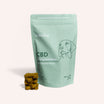


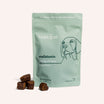
![Probiotics For Dogs [Soft Chews] - HolistaPet](http://www.holistapet.com/cdn/shop/files/Probiotic-Infographic-1_472d7a29-e30c-435a-9638-1365d8c3a9f9.jpg?v=1725384841&width=104)
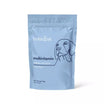




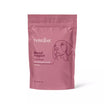



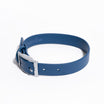

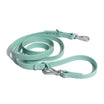


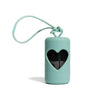
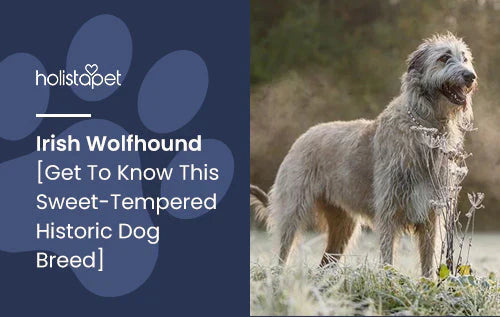

![Manchester Terrier Dog Breed Temperament & Personality [Full Guide]](http://www.holistapet.com/cdn/shop/articles/Manchester_Terrier_Dog_Breed_Guide_cef37682-f1ae-47db-9207-17ab16235d30.webp?v=1743529307&width=500)

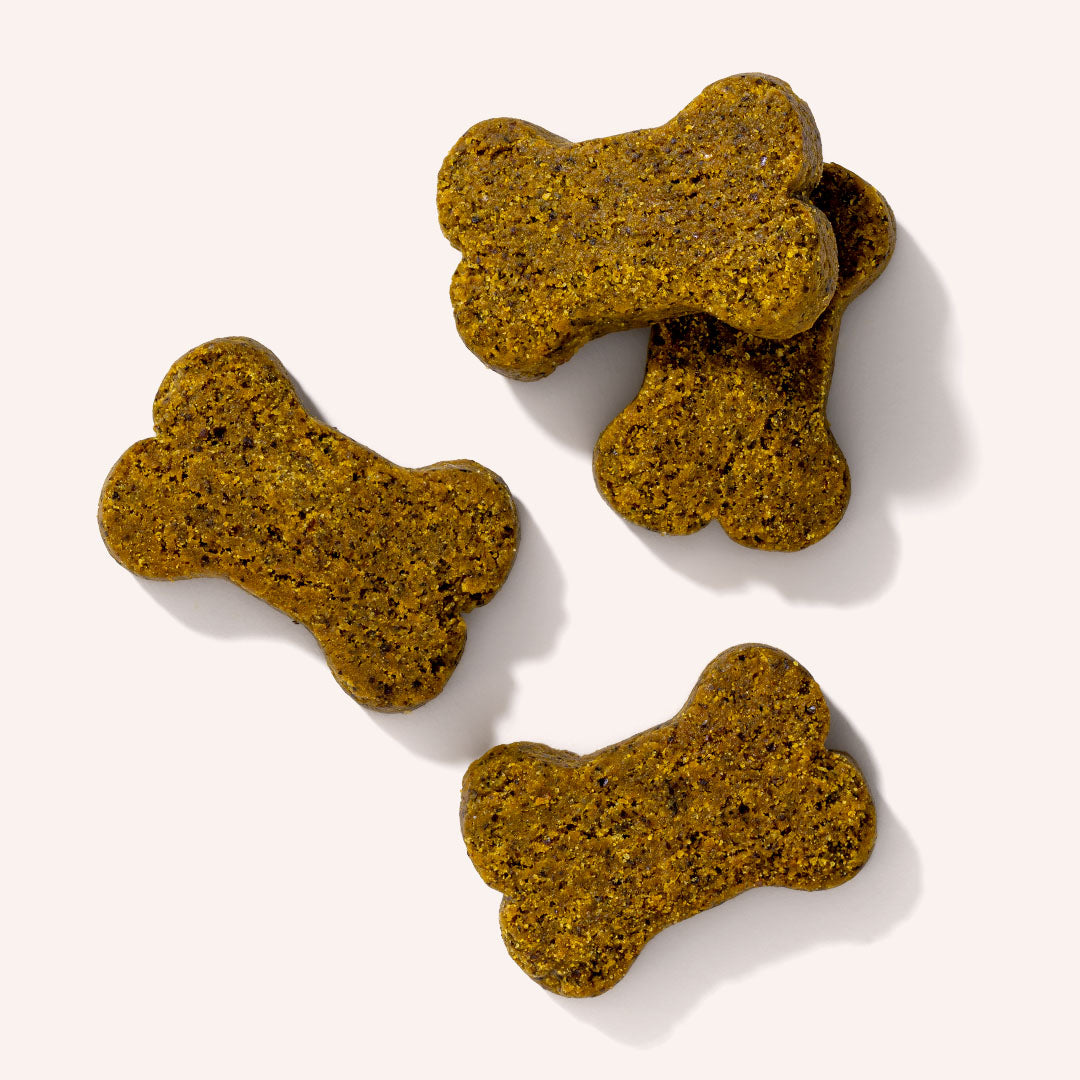

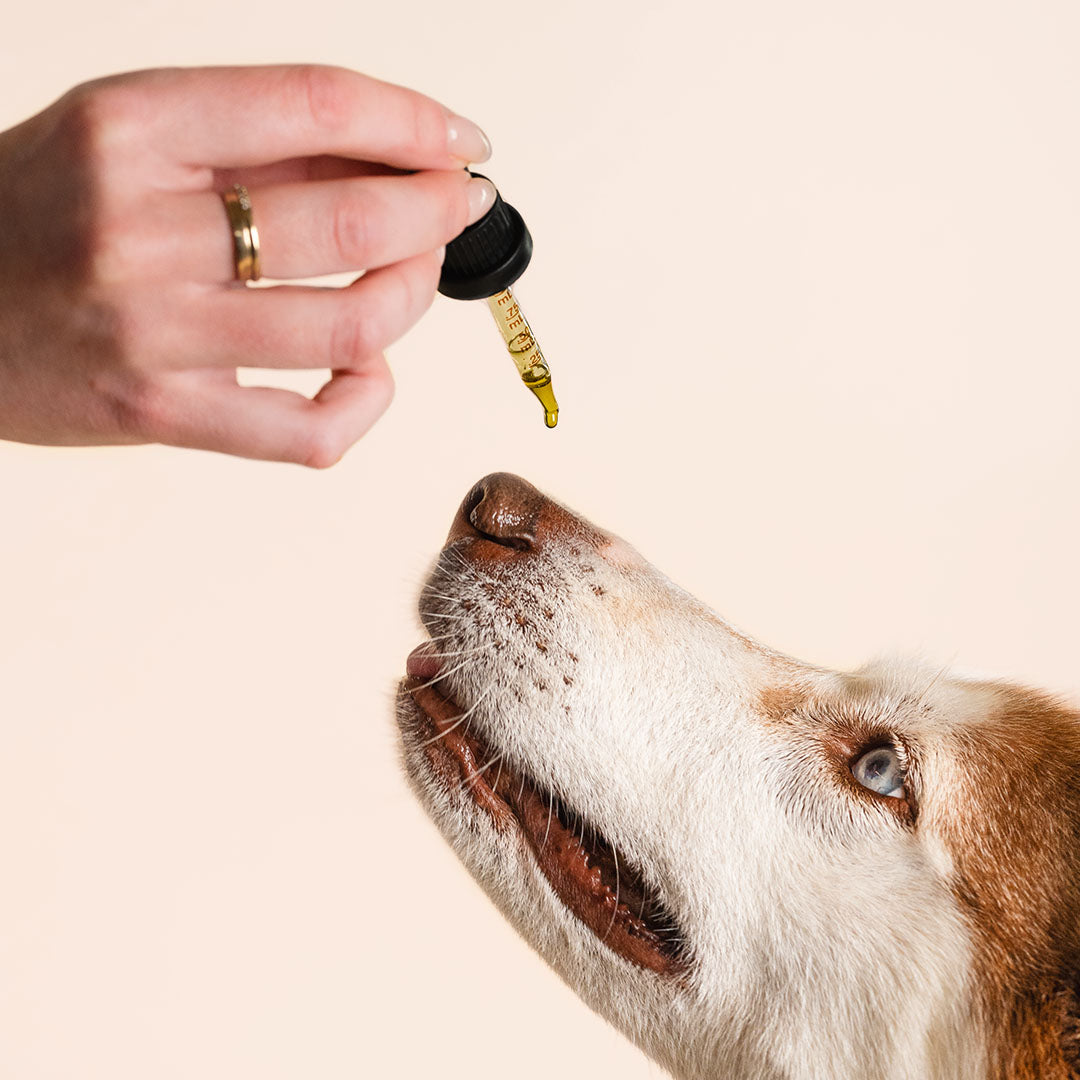


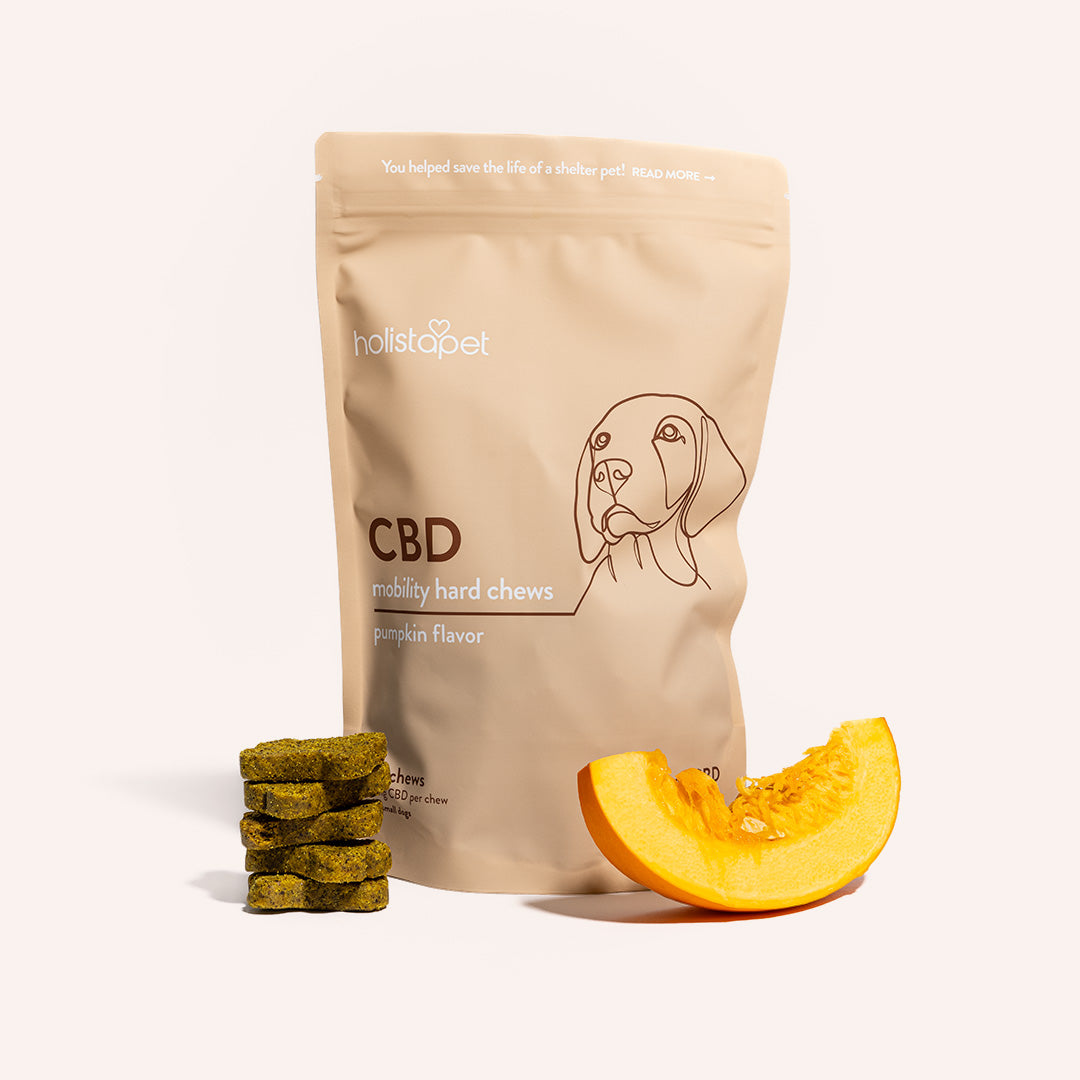
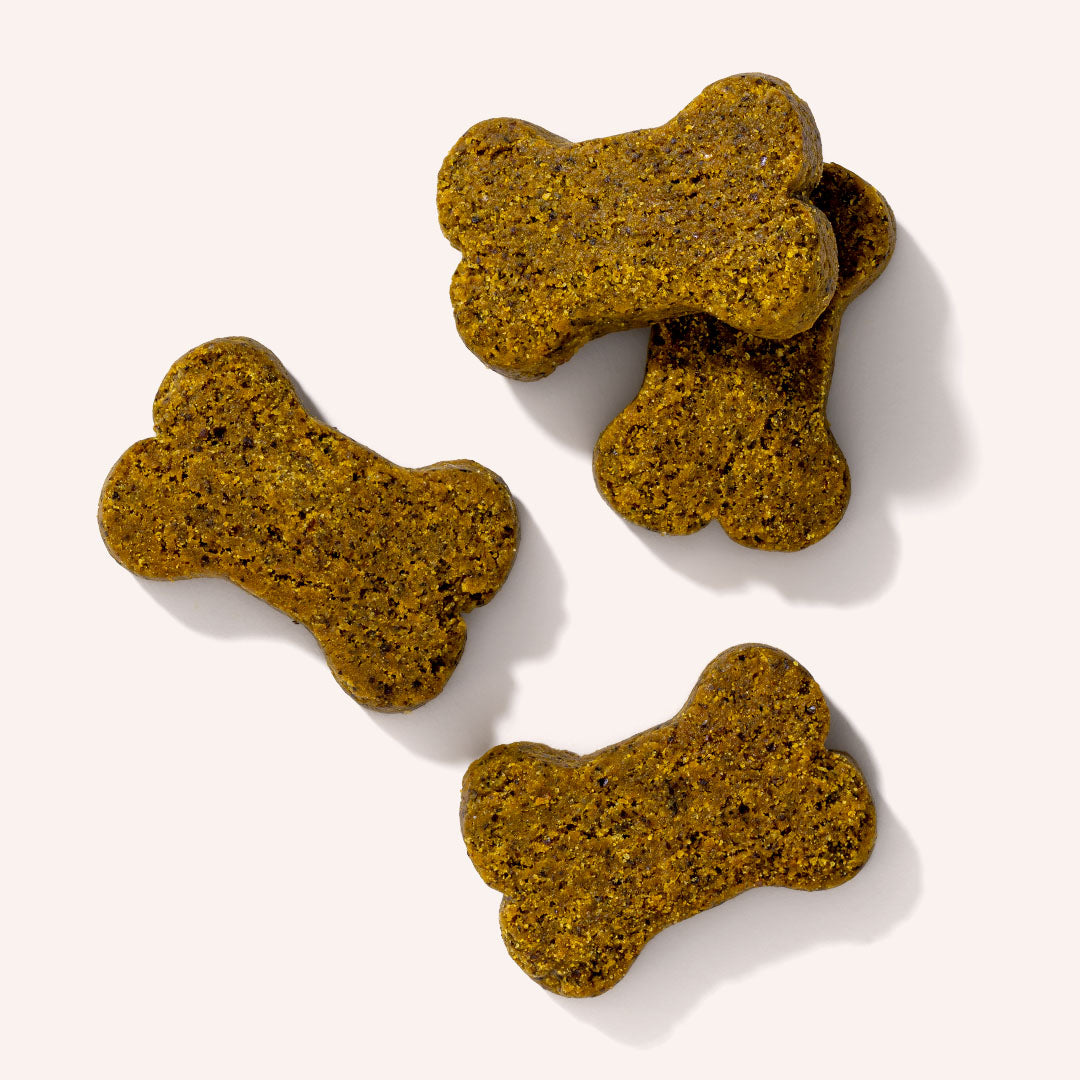

Leave a comment
All comments are moderated before being published.
This site is protected by hCaptcha and the hCaptcha Privacy Policy and Terms of Service apply.